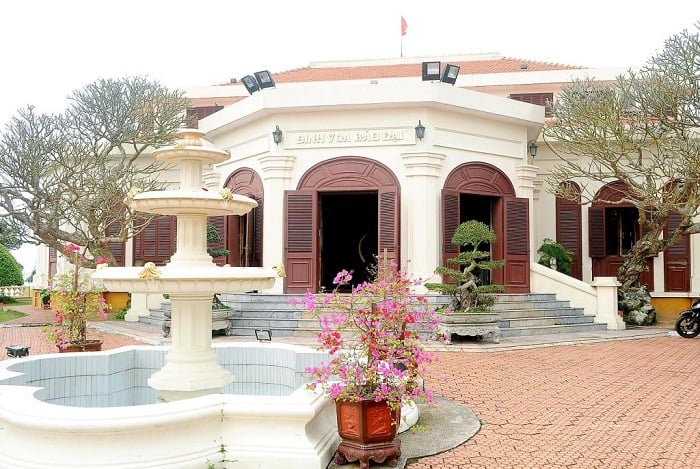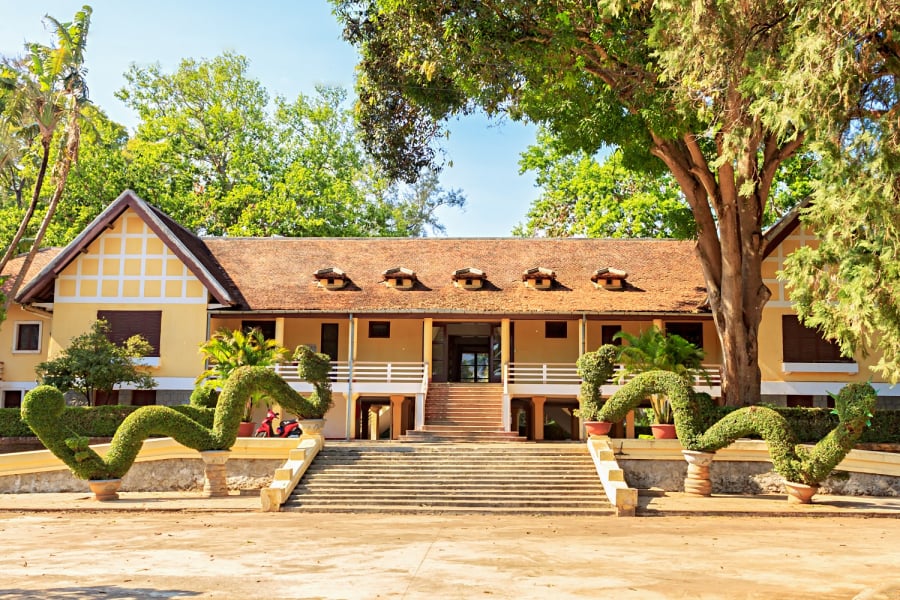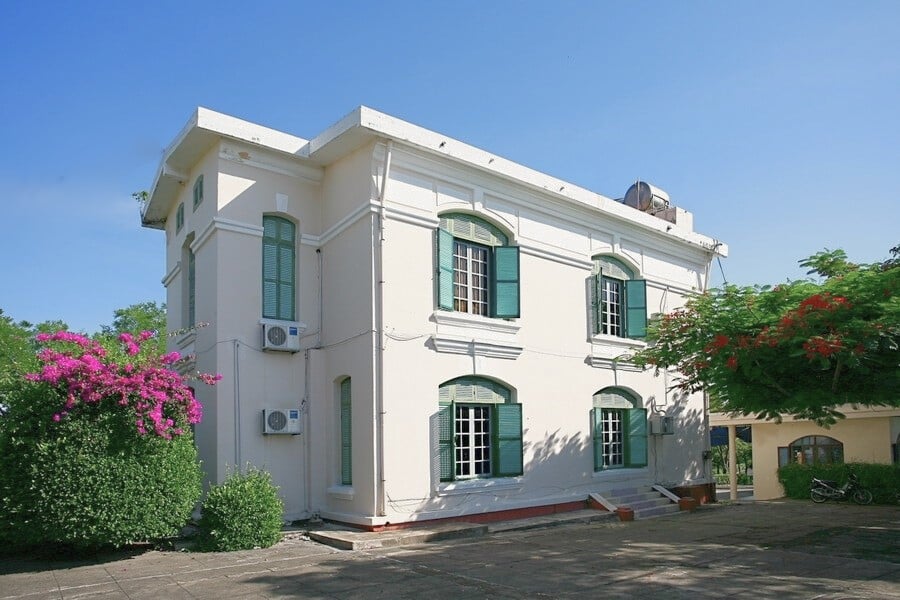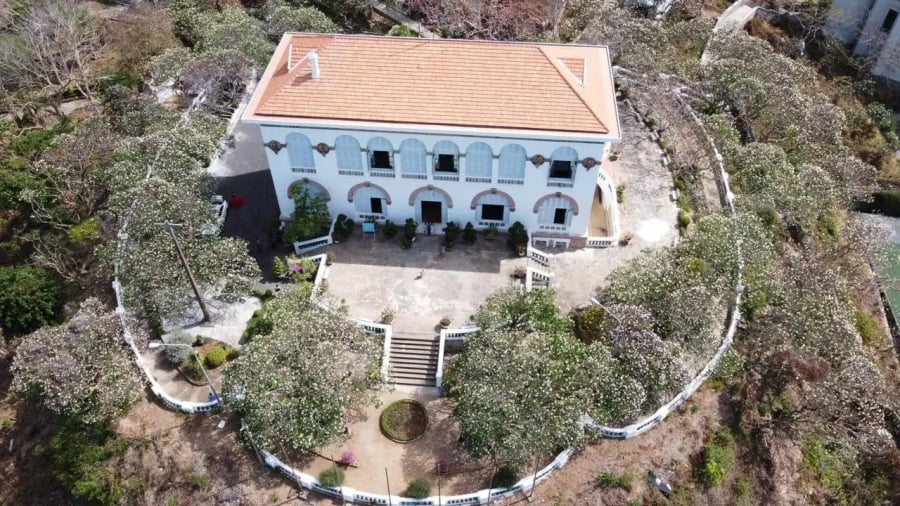Do Son Bao Dai Villa: Where Royal Love Lingers in Northern Vietnam
Nestled on Vung Hill in Do Son, Hai Phong, lies a lesser-known “miniature palace” of Emperor Bao Dai. Built almost a century ago, this exquisite villa captured the heart of the emperor during his visit in 1932 with its intricate architecture and majestic scenery. Gifted by the Governor-General of Indochina in 1949, it officially became known as “Bao Dai Villa,” serving as the monarch’s retreat and workplace from 1933 to 1954. Despite suffering destruction during the war, the structure was meticulously reconstructed to its original glory in 1999, attesting to its historical significance. Standing atop Vung Hill, gazing out at the sea, one can sense the peace Emperor Bao Dai once found here, momentarily forgetting the burdens of royalty.

Buon Ma Thuot Bao Dai Villa: A Royal Legacy in the Central Highlands
Tucked away in the heart of Buon Ma Thuot, the Bao Dai Villa on 4 Nguyen Du Street boasts a unique architecture that seamlessly blends with the local Ede longhouse style. Originally a French envoy’s stilt house, it was rebuilt for Emperor Bao Dai. Spanning nearly seven hectares, the compound features century-old trees, creating a serene and tranquil green space. The tiled roof and wooden floors strike a balance between elegance and nature, showcasing a fascinating cultural fusion. Standing before this villa, one can envision the tranquility and freedom Emperor Bao Dai experienced in the vast Central Highlands, a stark contrast to the confines of the imperial capital.

Nha Trang Stone Bridge Villas: The Imperial Couple’s Seaside Sanctuary
Perched atop Mount Cang Long in Nha Trang lies the Stone Bridge Villas (Bao Dai Villas), a seaside haven beloved by Empress Nam Phuong. This French-style complex, built in 1923, comprises five elegant white villas initially intended for an oceanographer. From 1940 to 1945, it became the imperial couple’s retreat, with each villa named after a distinctive plant: Cactus, Frangipani, Paper Flower, Phoenix Tail, and Bang Tree. Notably, the Nghinh Phong Villa was where the emperor and empress often gazed at the moon and welcomed the sea breeze. According to PGS.TS. Do Thi Thu Hang (VnExpress), “The villas of Emperor Bao Dai reflect not only his lifestyle but also his thoughts and the historical upheavals of the last Nguyen dynasty. They stand as vivid witnesses to a tumultuous historical era.” This site offers a glimpse into history and the tranquil soul of the empress by the sea.

Vung Tau White Palace: Empress Nam Phuong’s Haven of Peace Amidst Fragrant Gardens
Nestled on the southern slope of Big Mountain in Vung Tau, the White Palace, with its late 19th-century European architecture, evokes a sense of romance and nostalgia. Once a fortress called Phuoc Thang (1839), it was transformed by the French into Villa Blanche in 1898. From 1934 onwards, it served as the seaside retreat of Emperor Bao Dai and Empress Nam Phuong. Despite her love for its beauty, the empress often walked alone in the fragrant gardens of white flowers when melancholy struck. GS.TS. Phan Huy Le (Tuoi Tre) remarks, “The life of Empress Nam Phuong was a multifaceted painting, not just of opulence but also of private sorrows.” The White Palace continues to narrate the story of a beautiful yet pensive empress and a serene Vung Tau, offering solace to weary souls.

The villas of Emperor Bao Dai are not just architectural marvels but also invaluable pieces of history, encapsulating the lives, loves, and destinies of the royal family. Exploring these sites is a journey back in time, offering insights into our shared past and eternal values. Plan your visit and let these historic places whisper their stories to you.
The Enigmatic Mausoleum of the Dinh King: A Mountainous Monument to a Unifier of Nations.
This is the final resting place of the Dinh king, who united the 12 rebel warlords and made a significant contribution to Vietnamese history. Nestled on May Yen Mountain, this site attracts history enthusiasts and adventurers seeking to uncover the mysteries of this little-known yet significant piece of history.



































